Xiaomi Mi10i Review: Not without its flaws


We are already half-way into the first month of 2021 and there have been several new smartphone launches already. While the Samsung Galaxy S21 launch has been the biggest one so far, in other parts of the world - Asia, in particular - brands like Xiaomi and OPPO have already launched a few products. As the NextPit editor from India, I have been able to get hold of Xiaomi’s first 2021 launch for the Indian market - the Xiaomi Mi10i. Let’s find out good a phone the Mi10i really is and how it performs in our first smartphone review of 2021.
Good
- Attractive design, colour options
- Stereo speakers
- Solid build
- Excellent battery life, fast charging
- Good primary camera
- IP53 rating rare in its segment
Bad
- MIUI and bloatware
- Occasional UI stutter
- Gaming performance inconsistent
- 2MP cameras practically useless

Mi10i or the Mi10T Lite? What is it, really?
For those unaware, the Mi10i is basically the same handset as the Xiaomi Mi10T Lite - albeit with a new camera sensor. The Mi10T Lite 5G was launched in several European markets back in September 2020 and is currently on sale with a starting price of around EUR 250. The Mi10i is the same phone but is only available in India – where I reside.
In India, the pricing of the Mi 10i is roughly similar to that of the Mi10T Lite 5G – with the base variant selling for Rs 20,999 (EUR 237) and the top-end variant going for Rs 23,999 (EUR 270). Do keep in mind that everything I talk about in this Mi10i review also holds true for the European variant of the phone - the Mi10T Lite since they are, essentially, the same phones.
I tested a retail unit of the Mi10i in Ahmedabad, India on Airtel’s 4G network. The phone was on the latest version of MIUI 12 which is based on Android 10.
What I liked on the Xiaomi Mi10i
Design and colour options
While design and colour preferences are subjective, the Mi10i - at least in the Indian market - has received widespread acclaim for its chic looks and attractive colour options. Most people seem to have taken a special liking for the Pacific Sunrise variant of the device (sold as the Golden colour option in Europe) – which is what also appears on most promotional materials from Xiaomi. The two other colour options are Atlantic Blue and Midnight Black (Pearl Grey in Europe).
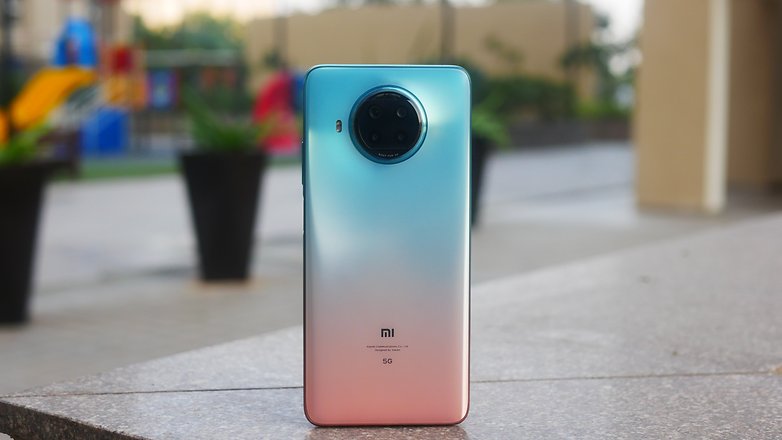
The Pacific Blue colour option of the phone exudes a sense of premium and is pretty good at avoiding fingerprints. That is not to say that it doesn’t catch grime and dust easily. The light colour also means there will be a constant battle to keep it spotless if you wish to use the phone without a case. The phone is pretty well built - and at 215g, it is quite hefty as well. You don’t feel that weight, though, all thanks to the excellent weight distribution.
120Hz Display
The Xiaomi Mi10i gets a 6.67-inch IPS LCD panel which seems to be somewhat of a downgrade – especially when compared to the AMOLED panel on the Samsung Galaxy M51 against which it competes in several markets. But then Xiaomi does have an ace up its sleeve in the form of support for 120Hz refresh rate. One needs to enable the 120Hz adaptive refresh rate option from under the display setting, though, to get it going since the screen, by default, is set to 60Hz mode after the initial set up. While the display cannot match the typical brightness levels of AMOLED panels on phones in this segment, this is among the better LCD panels I have used on mid-range phones.

One quirk with the display was that by default it is set to the ‘Auto’ mode, which is supposed to adjust colours based on the ambient lighting. However, in this mode, the display tends to lean towards the cooler end of the spectrum. The best option, in my opinion, is to set the colour scheme to the ‘standard' mode which is close to the DCI-P3 colour space.
Stereo Speakers
Smartphones that feature stereo speakers are rare. Period. With true wireless earbuds becoming increasingly common and more affordable, I am sure this is a dying trend. That’s not to say it is a good feature to have.
The Mi10i is among the very few mid-range smartphones to come with this feature. Personally, I love stereo speakers and the ones on the Mi10i turned out to be quite good - offering perceptible stereo separation while watching videos or listening to music in the landscape mode. But this is only perceptible in a silent area. As the case usually is with smartphones that feature stereo speakers, it is the earpiece that doubles up as the second channel. This also means there is a slight imbalance in the loudness between the left and right channels. The bottom-firing primary loudspeaker is perceptibly louder.
The primary camera
The only difference between the Mi10i and the Mi10T Lite is the higher resolution primary camera on the former. The Mi10i uses Samsung’s fairly new 108-megapixel HM2 sensor as opposed to the Sony IMX 682 sensor on its European sibling. This is, perhaps, the first time that we are seeing 100-plus-megapixel sensor on a relatively affordable phone - a feature hitherto reserved only for higher-end, flagship-grade devices. On the Mi10i, this sensor outputs a 9:1 pixel binned 12-megapixel image in the 3:4 aspect ratio. You do get the option to capture photos in the full 108-megapixel resolution as well.
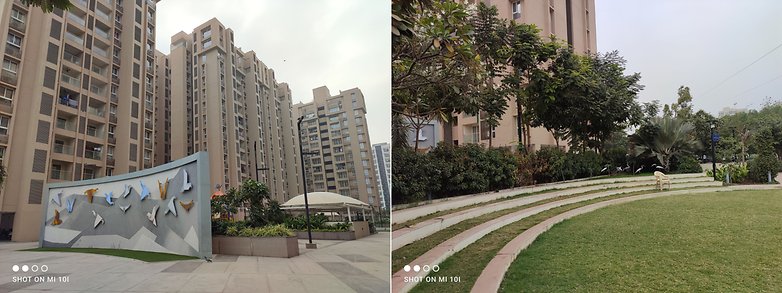
The secondary camera uses an 8-megapixel sensor and is mated to a 120-degree, ultra-wide-angle lens. The phone also throws in twin 2-megapixel sensors for macro shots and depth sensing. And you know these have been included just to bump up the camera count in markets where a section of buyers seem to still believe on “the more, the better’” mantra. Needless to say, this seems to be working for Xiaomi, and I do not see the trend fading away from budget and mid-range phones anytime soon.
Images from the primary camera turn out good - but is a notch below what you would get from more expensive, flagship phones. The primary camera takes good images in well-lit, bright conditions, although I did notice some loss of sharpness towards the edges. While colours weren’t off by a huge margin, the main camera does manage to over-saturate the primary colours.

At night, when there is enough ambient light, the phone switches to the Night Mode (if the AI is turned on). One thing I noticed consistently with low light images was the phone’s tendency to oversharpen them. It looks fine on the phone’s display if you look at them without zooming in. On a larger display, and at 100% crop, you can easily notice it. In areas with low ambient light, even with the Night Mode turned on, you will see a lot of noise and artefacts.
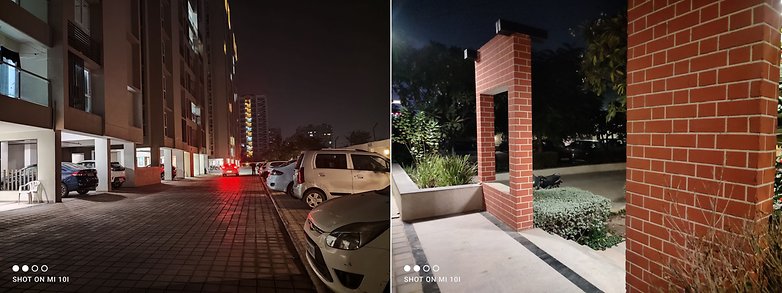
The ultra-wide camera is best used during the daytime and produces nice-looking images. Unlike the main camera which oversaturates stuff, images captured by this camera look somewhat dull.

The 16-megapixel selfie camera is at the best average but is on par with what you will get from a phone in this price range. Xiaomi, like most Chinese smartphone vendors, tends to go overboard with their ‘beauty mode’ settings on the selfie camera. Even with the effects turned all the way down, you will still see the phone ‘smoothen’ and ‘beautify’, your face. Portrait images come out good with nice background separation and will satiate the requirements of your friendly neighbourhood influencer.

Overall, the image quality is what you would expect from an affordable, sub-EUR 300 smartphone. While I haven’t used the phone yet, I have been given to understand that the Samsung Galaxy M51 is the slightly better of the two when it comes to photography and imaging.
Battery Life
The 4820 mAh battery on the Mi10i is more than capable of powering the phone for more than a day with ease even with the adaptive 120Hz mode on. I did, however, keep the screen brightness at a constant 60% level to do this. I was also able to easily eke out an average of 7 hours of screen on time with the Mi10i.
While not on par with the battery life provided by the massive 7000 mAh battery on the Samsung Galaxy M51, I am sure more than a day of battery is what most of us expect from any self-respecting, mid-range smartphone. Xiaomi also ships the Mi10i with a 33W fast charger in the box that takes around an hour to charge the phone to 100%.
Overall, I had little to complain about the battery life or the charging times offered by the phone.
What I did not like about the Xiaomi Mi10i
No AMOLED screen
While I understand that the rationale behind opting for an IPS LCD panel is to cut costs, I am not really sure if Xiaomi made the right decision with this one. The logic of offering a higher refresh rate on a lower quality panel seems to be that it gives consumers a feature that is objectively more perceptible to the eye. For example, the jump from a 60Hz panel to a 120Hz panel is more perceptible to the eye than a jump from an LCD panel to AMOLED displays. This is more evident when you have a phone to compare side by side and might not be noticed by people who usually have one phone with them at any given time.
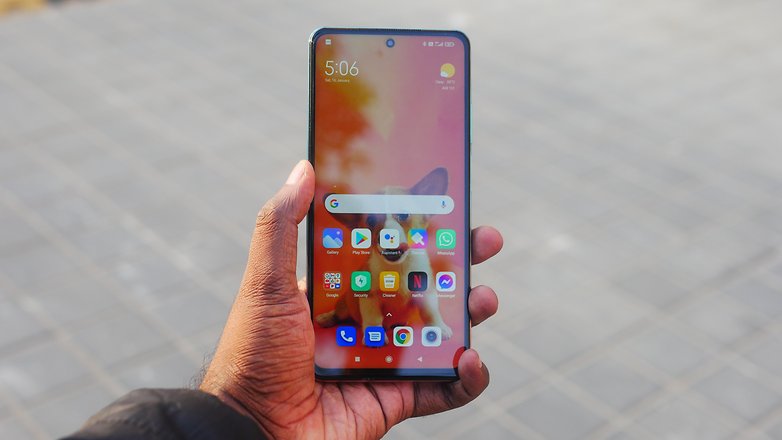
In case of the Mi10i, however, thanks to occasional software niggles, the UI was stuttery and the gameplay choppy. The result? I couldn’t enjoy the so-called advantages offered by the higher refresh rate display while also losing out on the better colours and brightness offered by an AMOLED panel. Besides, one of the major competitors of the Mi10i - the Galaxy M51- offers an excellent AMOLED panel for the same money.
Noticeable UI stutter
While I must admit that I am not a big fan of MIUI and have not used it since the Poco F1 from 2018, I am sure the UI stutter and lag I experienced with the phone isn’t something you experience on all Xiaomi phones. What was even more concerning was that this stutter was felt across the board and wasn’t limited to a certain application. I noticed this happen everywhere - ranging from scrolling through contacts and bowsing the Play Store to simply scrolling a preloaded web-page.
While the SoC and the GPU are more than capable of handling graphics-intensive games, I did feel the phone thermal throttle while playing COD. While the throttling and the resultant choppiness stayed within acceptable limits most of the time, there were occasions when gaming was simply impossible, and I had to quit.
I hope this is an issue that can be easily sorted via a small firmware update. Oh, and in case you didn’t notice, the phone still rocks Android 10. This is not a major issue - at least for now - and I am hopeful that we will see an official update to Android 11 in the near future.
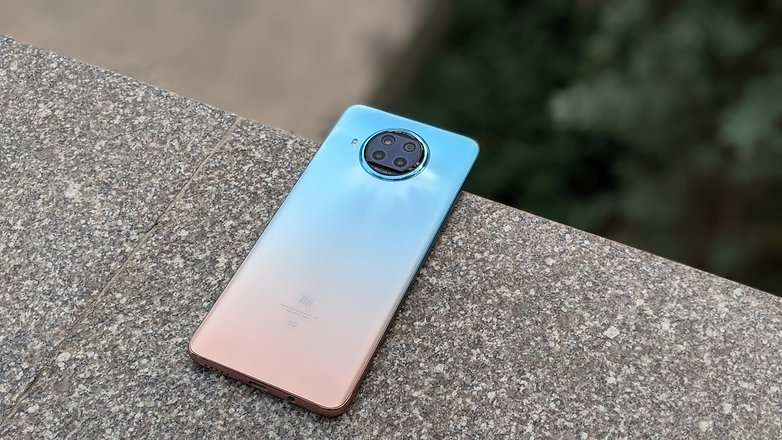
Bloatware and Ads
I have told this earlier in this review, and here I am repeating it once again. I have never been a fan of MIUI, and unless it undergoes a massive metamorphosis like in the case of ColorOS (which I loathed in its initial days), I will continue to stay away from it.
Mi10i home screen a few minutes ago. ?♀️ pic.twitter.com/Rn8rigVOdM
— Rahul Srinivas (@whizkidd) January 9, 2021
However, my biggest beef with MIUI isn’t the UI design or the way it interacts. It’s about how you will continue to see ads within the UI despite all the backlash the company has faced so far.
Yes, you can turn the ads off by going deep into the settings menu - but that is hardly going to be the case with the majority of people who end up buying this phone. It’s almost akin to how Facebook hides the ‘Autoplay videos’ and “Play videos with sound” option so deep within the settings menu; a layman will find it nigh impossible to disable them or even know there is such an option.
Who is the Mi10i for?
The Mi10i makes for a great mid-range smartphone that checks quite a lot of boxes in the features department. Apart from boasting of a nice design - especially in the Pacific Sunrise colour option the phone takes good pictures, the battery life is great and the performance isn’t too shabby - except for the aforementioned throttling issue and UI stutter issue that can be fixed via a simple firmware update.
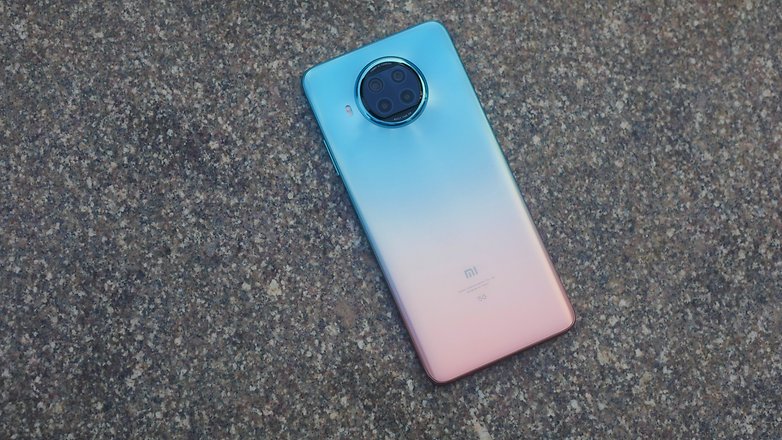
While MIUI might not everyone’s favourite Android skin, I have to admit that there is a considerable fan following (in Asia, particularly) behind it and several takers for it. The Mi10i or the Mi10T Lite, therefore, makes for a decent mid-range device for a person who has less than Rs 25,000 (EUR 280) to spend on a new phone but needs the oomph of a flashy design and the usefulness of MIUI’s extra features.
For those who prefer a less flashy phone with a no-frills, stock Android interface, the Motorola Moto G 5G Plus is a viable option in Europe. Indians, on the other hand, can opt for the Moto G 5G which rocks the same chipset and display size as the Mi10i. If you wish for an overall better camera, a better quality display and much longer battery life, you will need to go the Samsung route and get yourselves the Galaxy M51 - which is slightly more expensive. You can also opt for the OnePlus Nord if you have slightly deeper pockets.


















